Drastic growth of market size in the regenerative medicine
Rapid market expansion in the regenerative medicine business is reported as about 2 trillion yen in 2020, which is estimated to reach to 17 trillion in 2030 and 50 trillion in 2050, respectively (Ministry of Economy、Trade and Industry document)
Almost of current regenerative medicine products are mainly composed of human autologous or allogenic cells which are further cultivated in appropriate facilities. However, they still have several problems as below to become more popularized therapies,
1) Higher cost as huge controls are required in the appropriate facility for the cell cultivation
2) Lower efficient as conventional cultivation process compromises their intrinsic strengths
3) Uneven qualities as cellular strengths are highly various among doner to doner

Orchard Bio offers hAP cells to overcome the problems of the generative medicine products

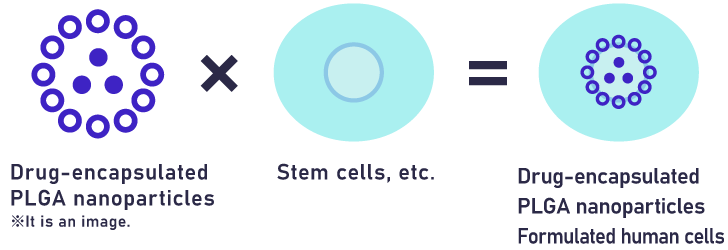
“Cell Holding Active Pharmaceutical Ingredient” (hAP cells) is a hybrid regenerative medicine product composing of conventional drugs, which is encapsulated in PLGA, and human cells. The hAP cells accumulate at the injury sites once administered into the body along the composing cellular intrinsic function and release the encapsulated drug.
PLGA nanoparticle
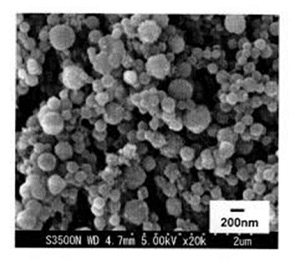
PLGA(Poly-Lactide-co-Glycolide Acid) is biodegradable polymer and gradually release the encapsulated API along its degradation
Cellular accumulation ability to lesion×API=Synegy to regenerate tissue
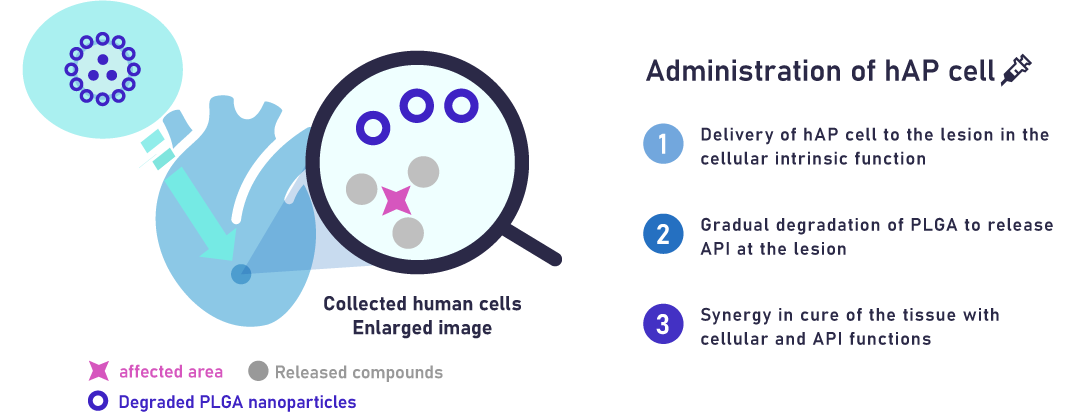
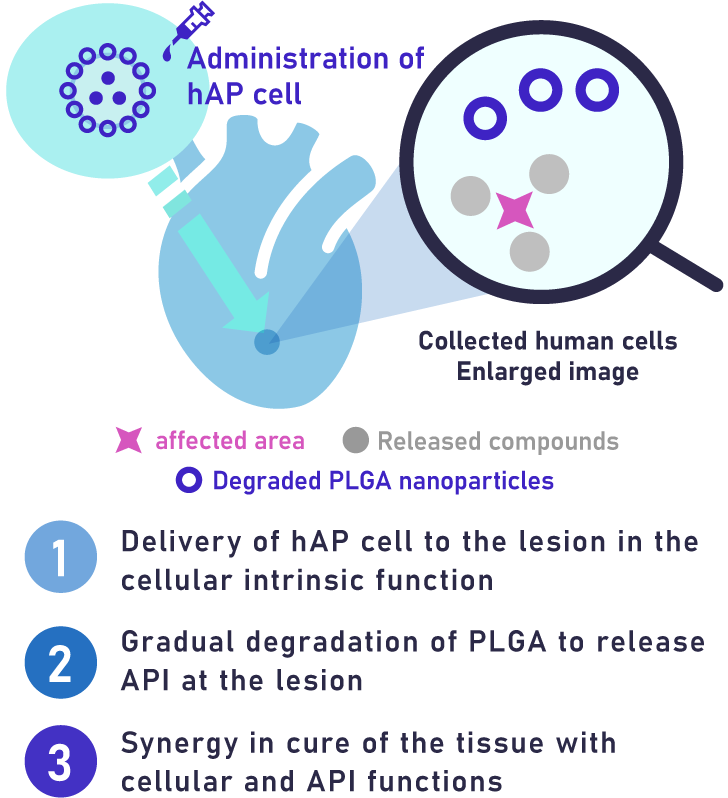
Strong points of hAP cell
1) Cost effective as smaller cell numbers are sufficient in the combination of API
2) More efficiency as less period of cultivation is required for the preparation of smaller amount cells and therefore their functions are less compromised
3) More even quality as the combination of API suppress variety of cellular strengths appearing from doner to doner




